In modern Chinese architectural designs, skylights are increasingly reappearing as an alternative to air conditioning.
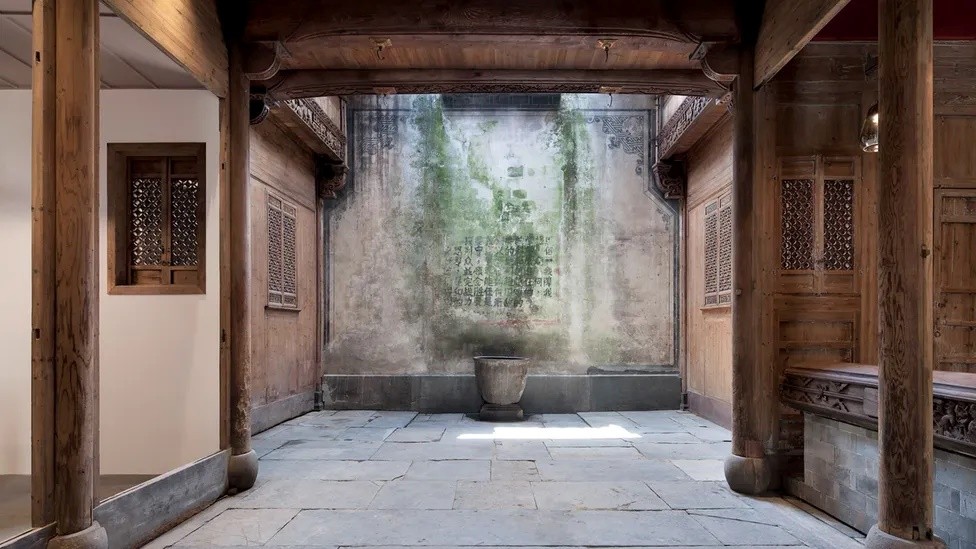 |
| A skylight in a Qing Dynasty-style house. (Source: Wuyuan Sky Hotel) |
According to GNN (Good News Network) , before air conditioning, in Southern China, every house had a skylight, which helped keep the air cool, especially in the hot summer.
Nostalgia for ancient architecture
When asked why skylights have recently attracted the attention of the Chinese, Ms. Wang Zhengfeng, a PhD student in environmental studies at the Institute of Regional Studies at Leiden University in the Netherlands and a former architect, said that it is because this space is both a place for family gatherings and communal activities, and has a ritual significance. In addition, perhaps the modern lifestyle in the “concrete and glass jungle” has aroused people’s nostalgia for indigenous architecture.
China's rapid urbanization today means that the majority of residents live in air-conditioned apartments in multi-storey or high-rise buildings.
As the government pushes for a “low-carbon” approach to construction, some architects are taking inspiration from skylights and other traditional Chinese architectural features to help cool new buildings. That’s why traditional architecture, including the function of skylights, is gradually being revived.
As an intermediary between the indoor and outdoor environments, skylights act as a “thermal buffer,” effectively shielding the heat. This cooling effect is further enhanced by the presence of water. The evaporation of water cools the hot air of the environment. A 2021 study found that skylights can be 2.6 to 4.3 degrees cooler than the outside.
Since 2013, the Chinese government has issued many policies and directives to promote the construction of green buildings to save resources and emit less pollution, making the return of skylights to contemporary architecture an important role.
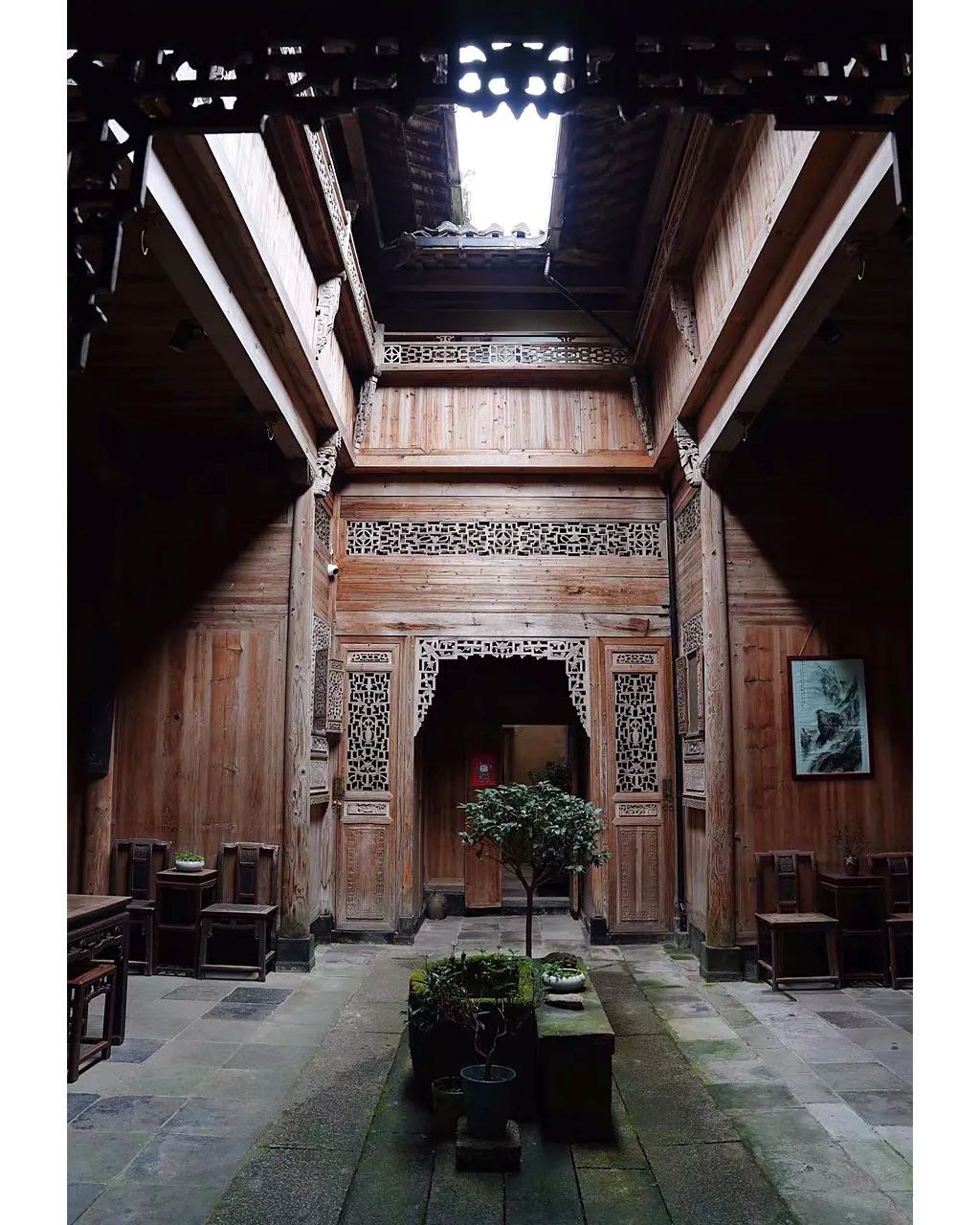 |
| Hot air in the house rises and escapes through the skylight, acting as a chimney. (Source: GNN) |
Useful for modern life
Architects are now taking advantage of the way skylights work to design new buildings that are more energy efficient, such as the National Heavy Vehicle Engineering Technology Research Center in the eastern Chinese city of Jinan.
The 18-story glass-walled tower, completed last year, features a giant central atrium that extends from the fifth floor up. Elevators, restrooms and meeting rooms are located around this area, improving the lighting and ventilation of the central area while reducing overall energy consumption, according to architects from Shanghai-based CCDI Group.
In Jixi District of Xuancheng, Huizhou, the site of the old city hall was renovated in 2013 to become a museum. The building blends in with the surrounding Huizhou-style architecture with skylights, which help bring air into the interior and preserve some of the area's ancient trees.
In addition, a tourist village in Sichuan, famous for its hot and humid summers, has a series of houses with circular architecture with skylights and large porches.
Some skyscrapers use the principle of skylight ventilation to improve airflow without building an atrium. For example, the 68-story Dongguan TBA Tower in Guangdong province brings natural airflow to every floor using air ducts that function similarly to skylights.
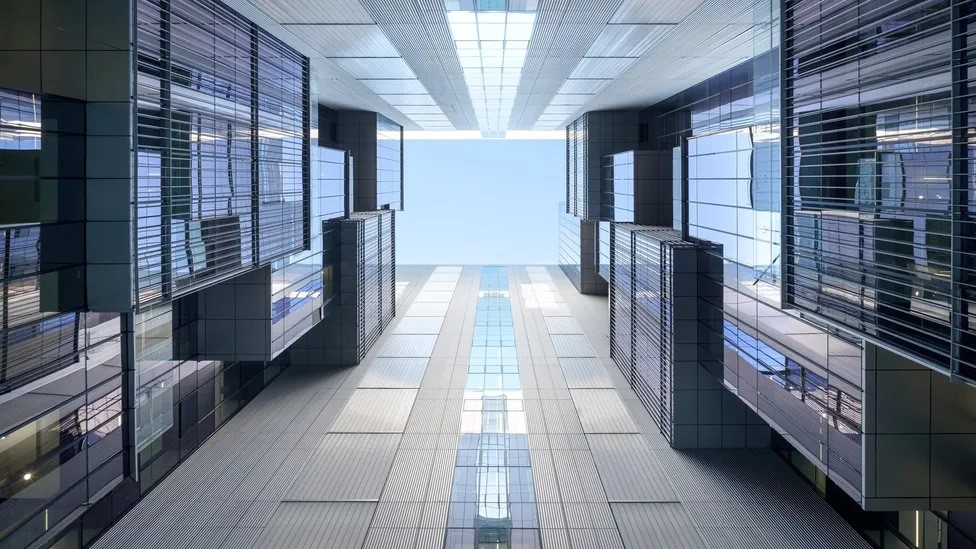 |
| A giant skylight at the National Heavy Vehicle Engineering Technology Research Center in Jinan, eastern China. (Source: CCDI Group) |
The tower's general manager told local media that using natural ventilation systems such as skylights can keep the building's temperature comfortable in spring and fall.
However, according to Ms. Vuong Chinh Phong, there are still some challenges when incorporating skylights into modern designs. She said that traditional skylights come in different shapes, sizes and features, depending heavily on the surrounding natural environment (such as the amount of sunlight or rainfall in the area), so adding skylights to modern buildings requires designers to pay close attention to the context and situation of the project. This makes it difficult to apply skylights universally.
“Meanwhile, artificial lighting, air conditioning and water supplies have become so readily available that we rely on them without regard to the environmental costs,” she added, “sustainability of buildings will be difficult to achieve if we simply parrot the past without considering current behaviour.”
Source





![[Photo] General Secretary To Lam attends the 80th Anniversary of the Cultural Sector's Traditional Day](https://vstatic.vietnam.vn/vietnam/resource/IMAGE/2025/8/23/7a88e6b58502490aa153adf8f0eec2b2)


![[Photo] Prime Minister Pham Minh Chinh chairs the meeting of the Government Party Committee Standing Committee](https://vstatic.vietnam.vn/vietnam/resource/IMAGE/2025/8/23/8e94aa3d26424d1ab1528c3e4bbacc45)








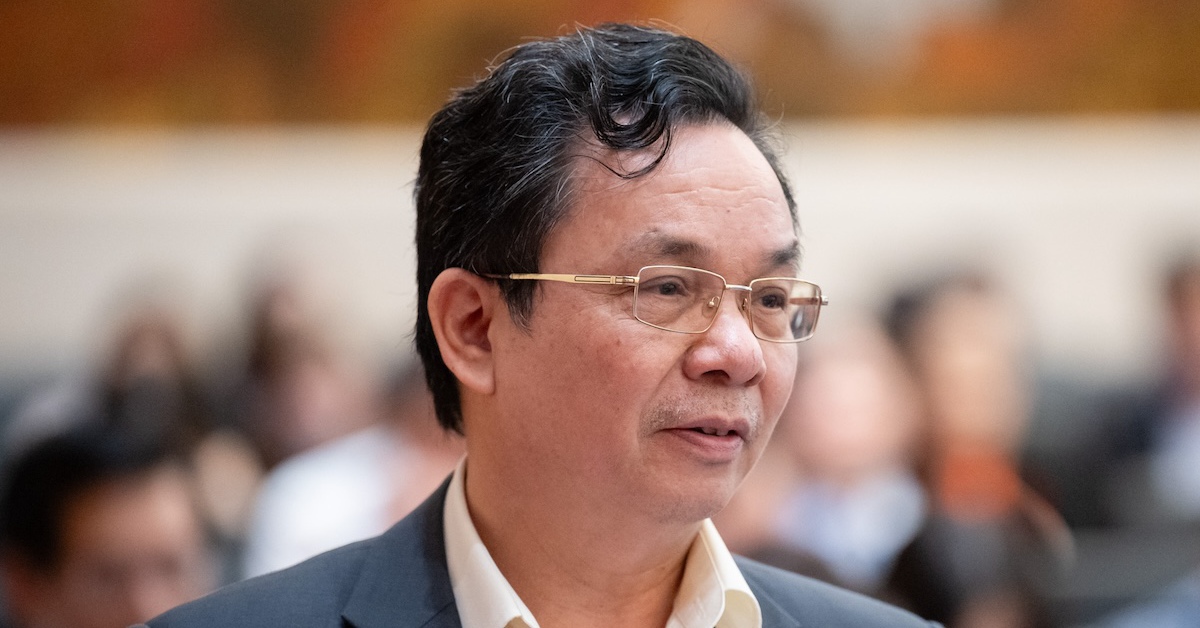
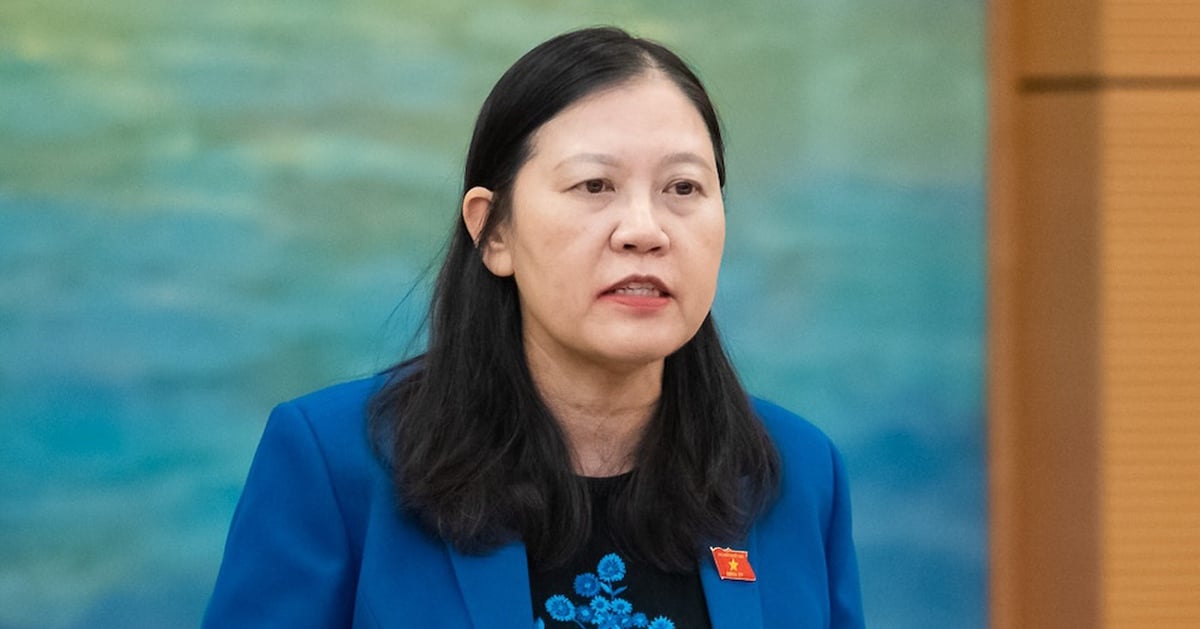





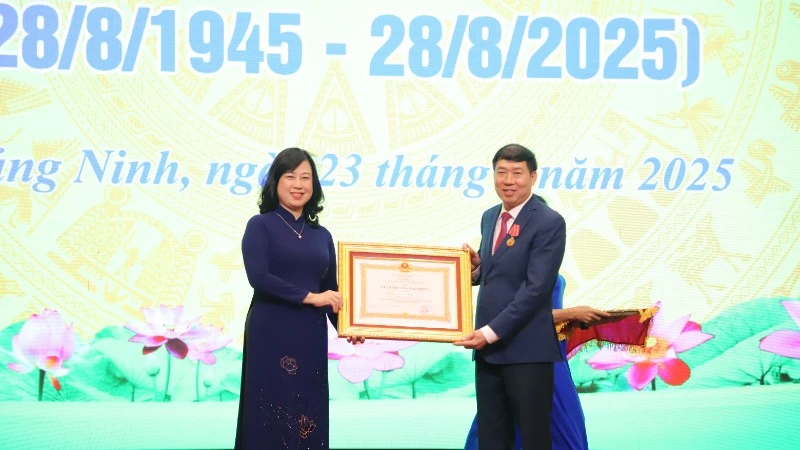







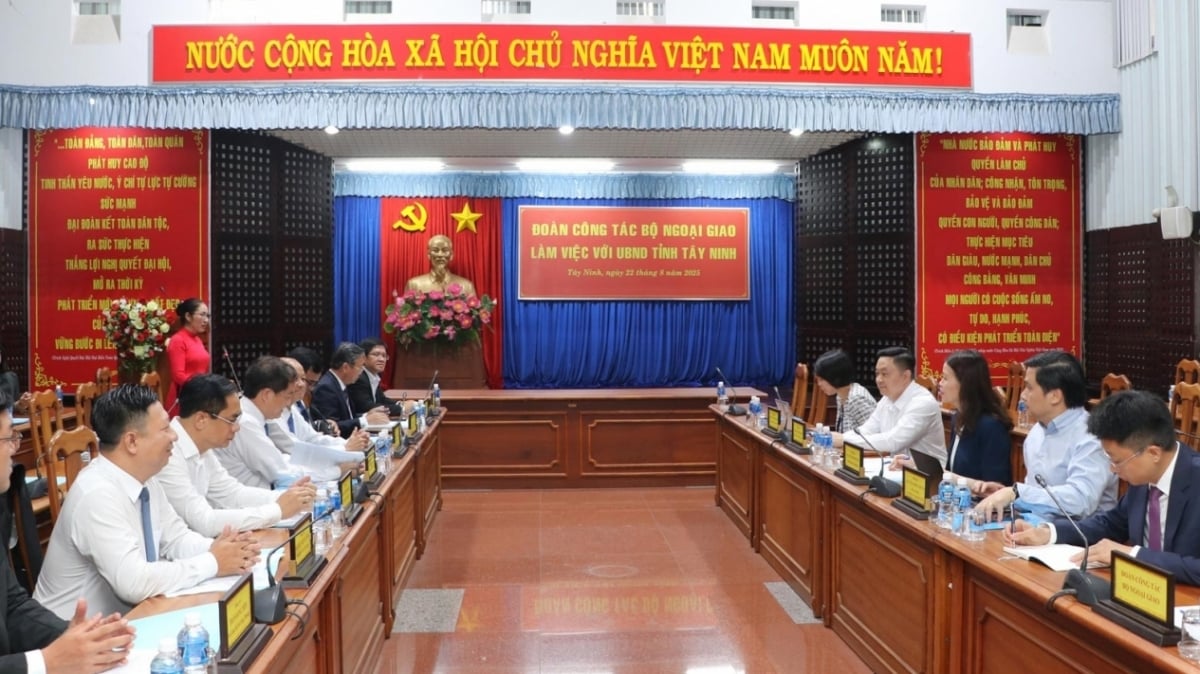











































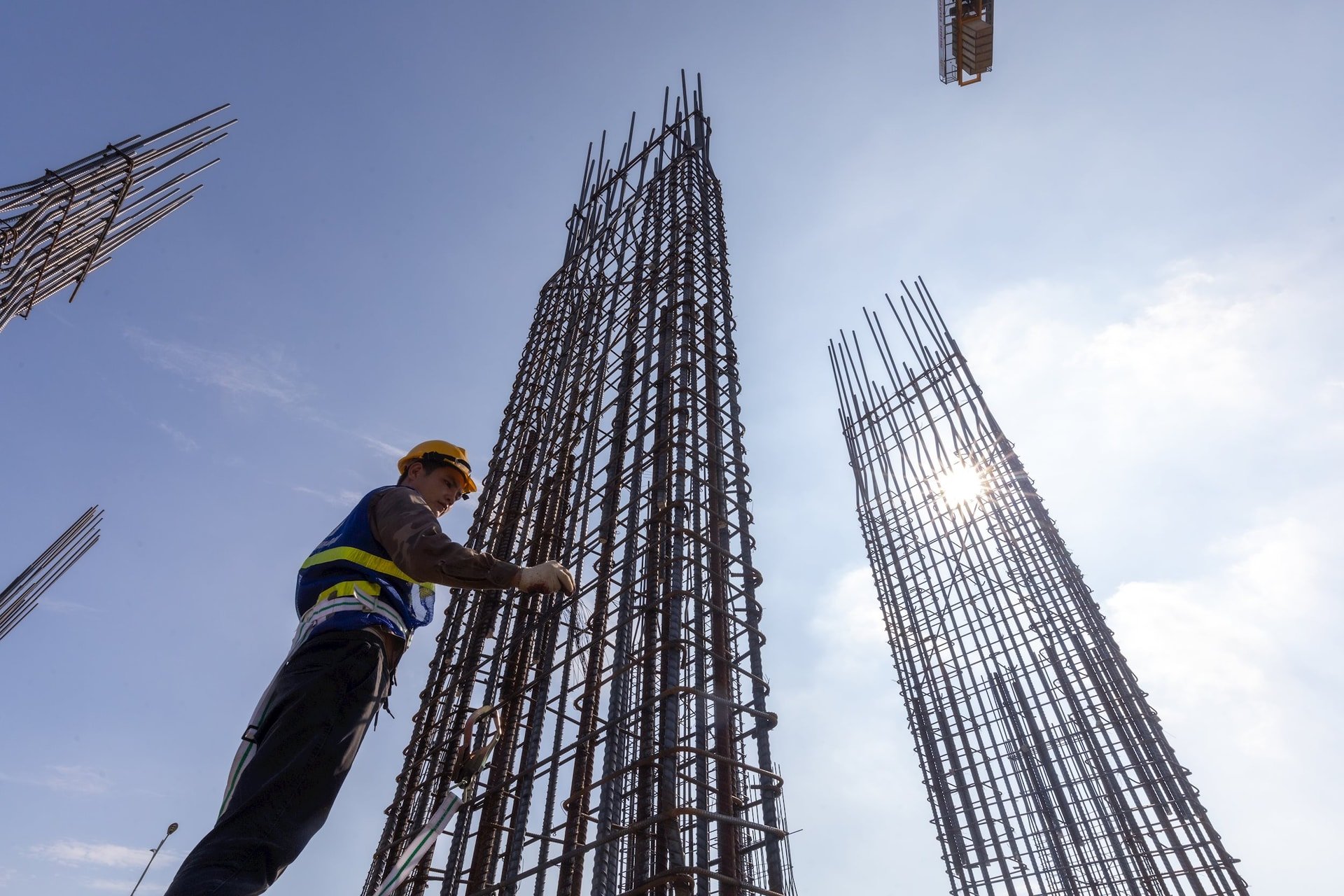



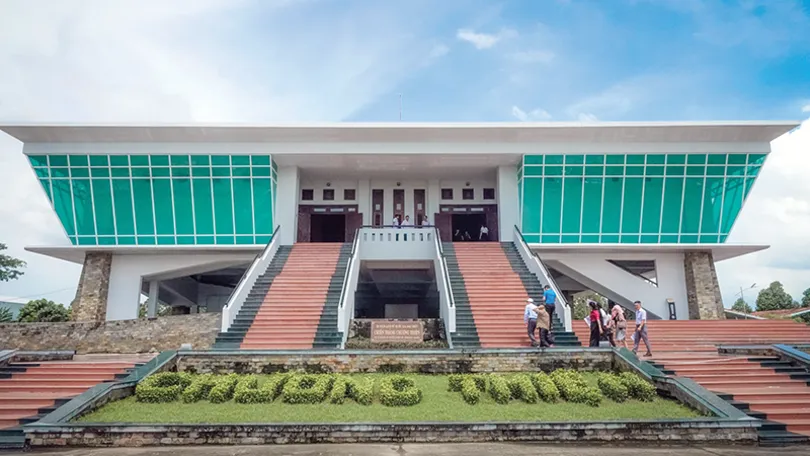




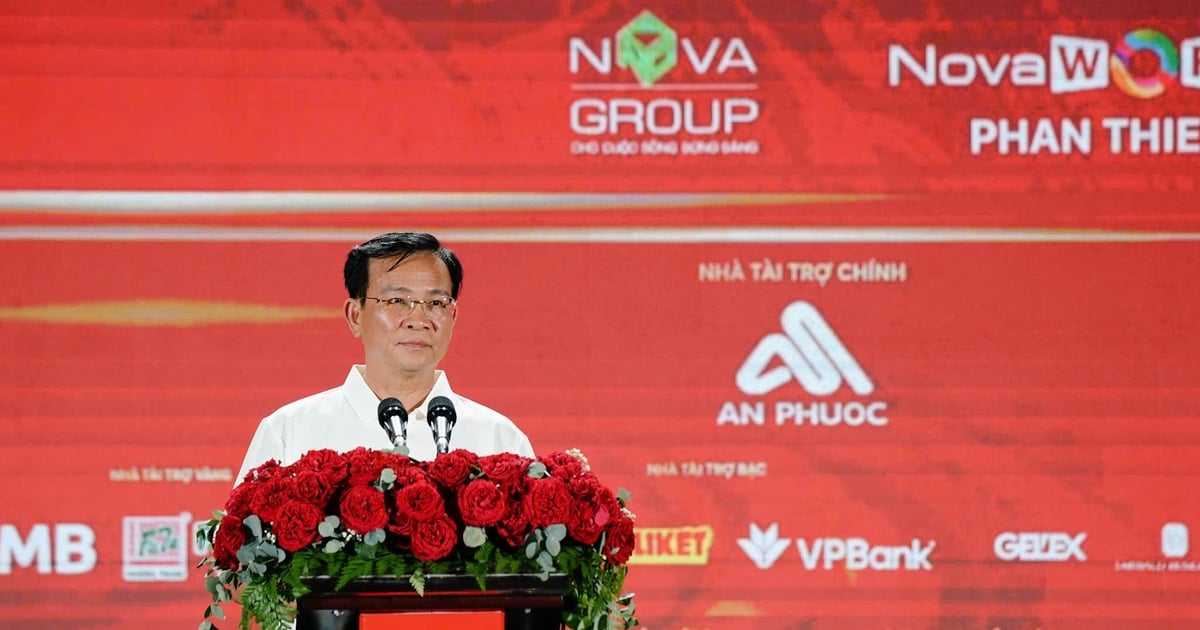
















Comment (0)